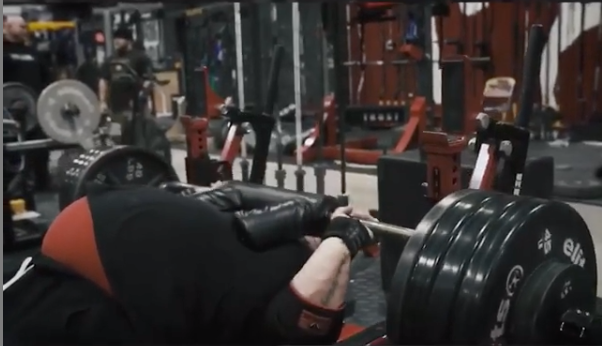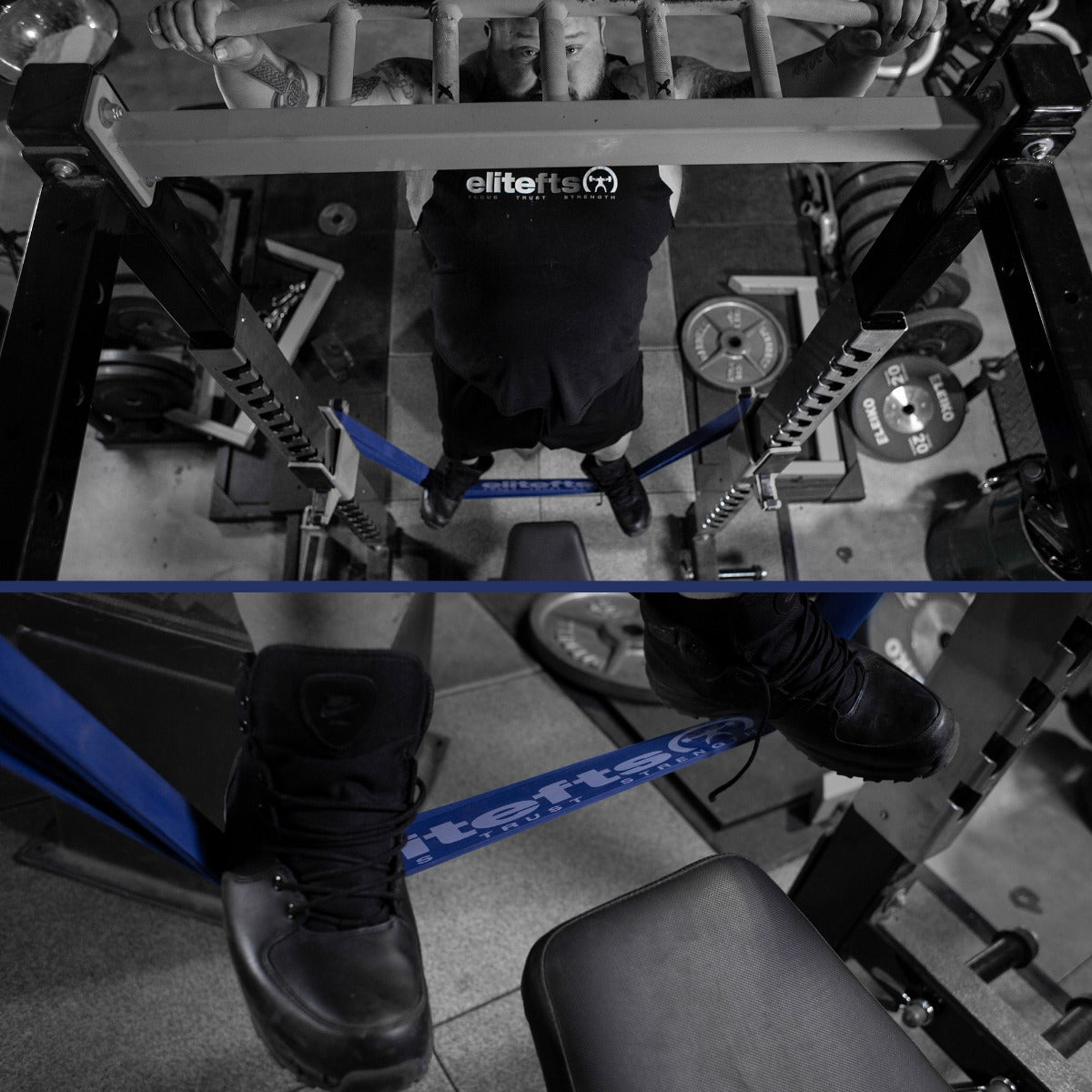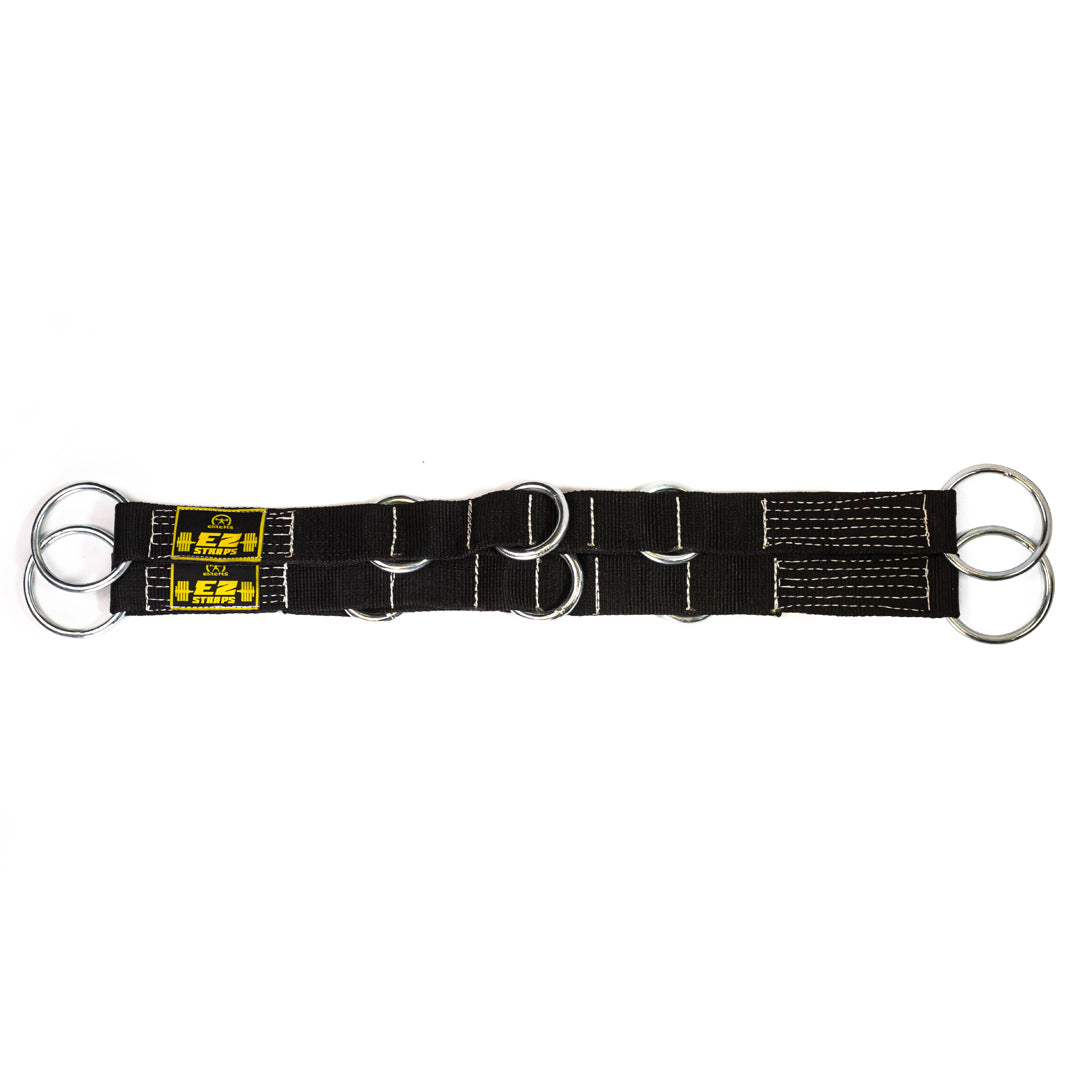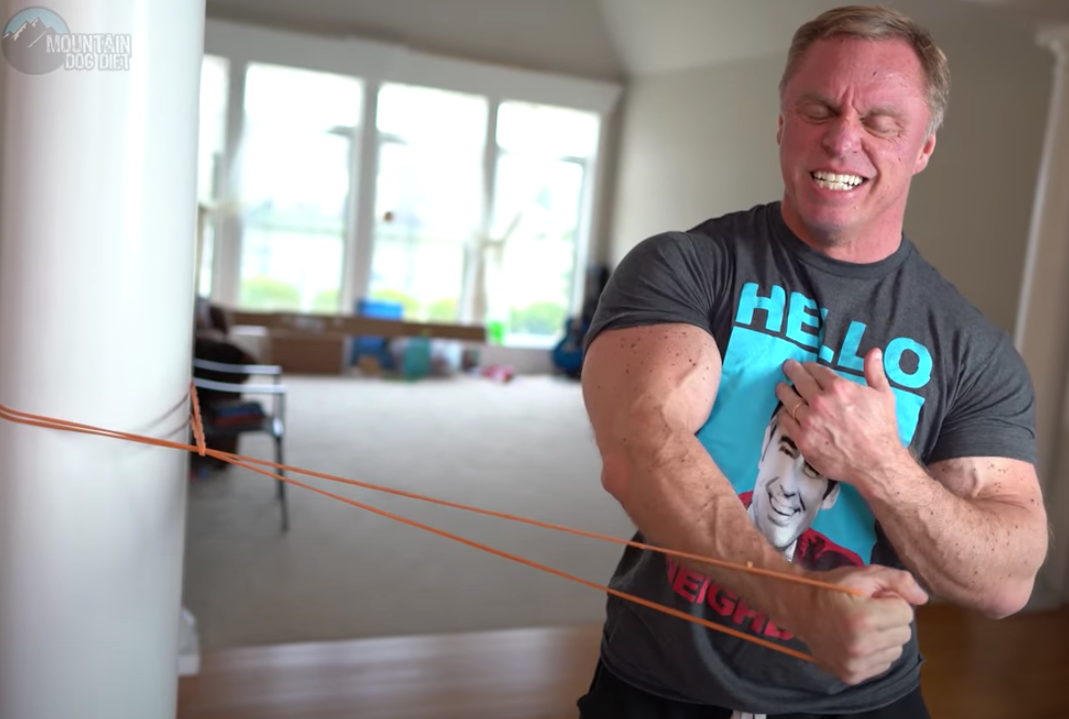If you read the
previous article on this series on online coaching, you probably suspect that I am not very enthusiastic about it. You are right: ideally, it shouldn’t exist. In an ideal world, athletes or practitioners would be able to find proficient coaches in their area and those rare professionals who are needed to solve problems in unique ways would be supervisors or consultants. But to quote an expression that infuriates Antonio, “it is what it is”: there are not enough proficient coaches near everyone and sometimes the online coach is as good as it gets for someone living in a technical desert. Today we’ll talk about real-time input, its importance, its impossibility within the online coaching arrangement and how to avoid damage. Real-time input is what can make a difference between an athlete fixing a bad execution or skill pattern in automatic mode or not. The ideal situation is to watch the execution, observe mistakes or issues to emphasize, demonstrate, have the athlete repeat, repeat, repeat. Since you are not there, time enough will have elapsed between the sub-optimal or wrong execution and you, the coach, watching the video (if you are lucky). Unfortunately, that may be enough time for the Central Nervous System to proceed to adapt to the bad pattern. What can you do? 1) Provide an exhaustive explanation and plenty of videos of correct and incorrect execution. 2) Emphasize the usual problems to avoid 3) Use video conferencing while your athlete is training and you are at a training environment at the same time (this is so hard to synchronize that it’s unrealistic) 4) Have your athlete send you immediate video feedback and provide immediate verbal feedback, in the same session or as soon as possible. That works, especially if your athlete is highly motivated. 5) Find a colleague at a reasonable distance from your athlete and ask them to help him or her for that specific issue. Of course, you may lose your athlete and you should be happy that you matched him or her with a good coach. So you lost part of your income. Tough shit. If income comes at the cost of a moral code, then you are a disgusting and dishonorable POS. Finding the best solution for your athlete is something the honorable coach will do. I have spoken. There is nothing else you can do about this. Seriously, if you are or want to be an honest online coach, think about all these things before you offer your services or you might be causing more harm than good. If you are not too depressed, follow this series and eventually I will get to the upside of online coaching. I warn readers that it is an upside for very few coaches with advanced education and experience. Obviously, it is also only an advantage to the athletes that hire (or are “adopted” by) these coaches. The rest would do best with educating themselves and adapting some decent template to themselves, with the help of an expert. Decent templates are abundant in the internet and you can find plenty at
elitefts. For evidence-based articles on training, click on "articles" at my
author's page:


Online coaching, programming and analyzing movement – real-time input, part 2 (down side)

EliteFTS Table Talk— Where strength meets truth. Hosted byDave Tate, Table Talk cuts through the noise to bring raw, unfiltered conversations about training, coaching, business, and life under the bar. No fluff. No hype. Just decades of experience — shared to make you stronger in and out of the gym.

Join the Crew!
Support us and access premium content monthly!





































































































